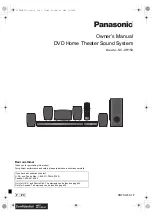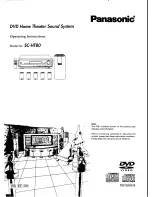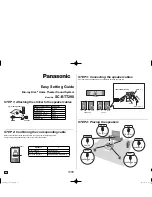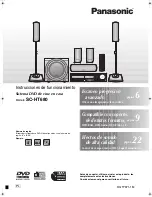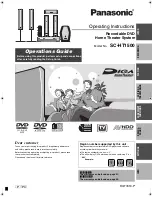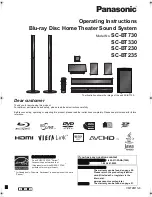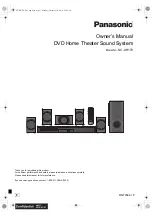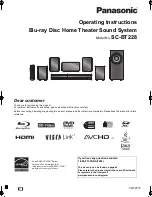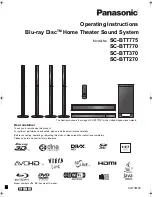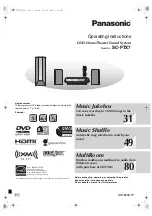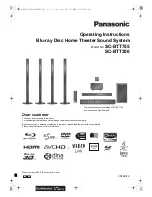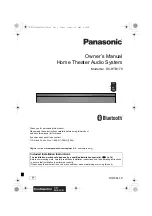
Virtual Tape Media File
– This media file, designated with a “.vtp” file extension, maintains the properties
that defines how the VTP was formatted. These properties include: video format, tape length, audio
properties (bit-depth and resolution), timecode and metadata. Additionally, this file maintains the list of
video and audio edits that have been performed.
Virtual Tape directory
– A VTP directory having the same name as the .vtp file, located in the same
parent directory, is used to store all of the physical video and audio edits (clips) that have been recorded.
The media file types that make up the individual edits are
expanded
clips.
Virtual Tape Timeline
– A special timeline file,
auto.tl
, is stored in the virtual tape directory. This file is a
compiled version of the .vtp file that allows the system to edit or play the virtual tape in real-time. The
timeline file is automatically generated or updated by the system each time an edit is performed. This file
may not be copied or backed up. If the
auto.tl
file does not exist, the system will automatically regenerate
this file when the virtual tape is played or edited.
Show Playlist and Script files
Show Playlist and script files are special files that instruct the system how to play various Composition Playlist files
or segments of media files without interruption, as if they were one seamless production. Show Playlist and script
files are more than just a list of clips that are to be played in sequence. In addition to content sequencing Show
Playlist and scripts files can be used to interface with and control automation systems during playback.
A script file or digital cinema Composition Play List (CPL) file may be played from the primary GUI interface. Only
QuVIS script files may be played from the Cinema control interface, CineGUI. If a script file is selected for playback
from the Play Browser (1/5) menu page only play events are processed. Non-play script events are only processed
for playback if the script file is played via the CineGUI interface. The CineGUI interface may be accessed from the
Setup Config
menu page.
IMPORTANT!
Show Playlist or script files may
not
be placed under remote serial control for editing or playback.
Digital Cinema Packages
While the QuVIS Acuity is not intended to be used in insecure public exhibition environments it is necessary for
mastering purposes to support the loading and playback of Digital Cinema Packages (DCP). The QuVIS Acuity
supports two types of Digital Cinema Packages: JPEG2000 and QPE.
The JPEG2000 form of a Digital Cinema Package is generically referred to as a “DCP”. JPEG2000 DCPs are
interoperable (can be loaded and played) by any industry-compliant Digital Cinema playback server.
The QPE form of a Digital Cinema Package is referred to as a QPE Digital Cinema Package or “QDCP”. QDCPs
are a proprietary form of Digital Cinema Package used to package and distribute QPE-encoded compositions and
are only supported by QuVIS servers.
Digital Cinema Package Ingest
Digital Cinema Package (DCP) ingest (loading) is currently a network data transfer operation facilitated primarily by
the PC utility, QuVIS QuLoad
™
. A Gigabit Ethernet connection between the PC (running QuLoad) and the QuVIS
Acuity is recommended to reduce load times.
For more information on the availability of the QuVIS QuLoad utility, contact QuVIS Customer Support at
.
QuVIS Acuity
™
Page 56
QSR Version 3.3
Содержание Acuity
Страница 1: ......
Страница 152: ...Keyboard Hotkeys Description ENTER Complete current edit QuVIS Acuity Page 151 QSR Version 3 3...
Страница 190: ...QuVIS Acuity Page 189 QSR Version 3 1...
Страница 200: ......































